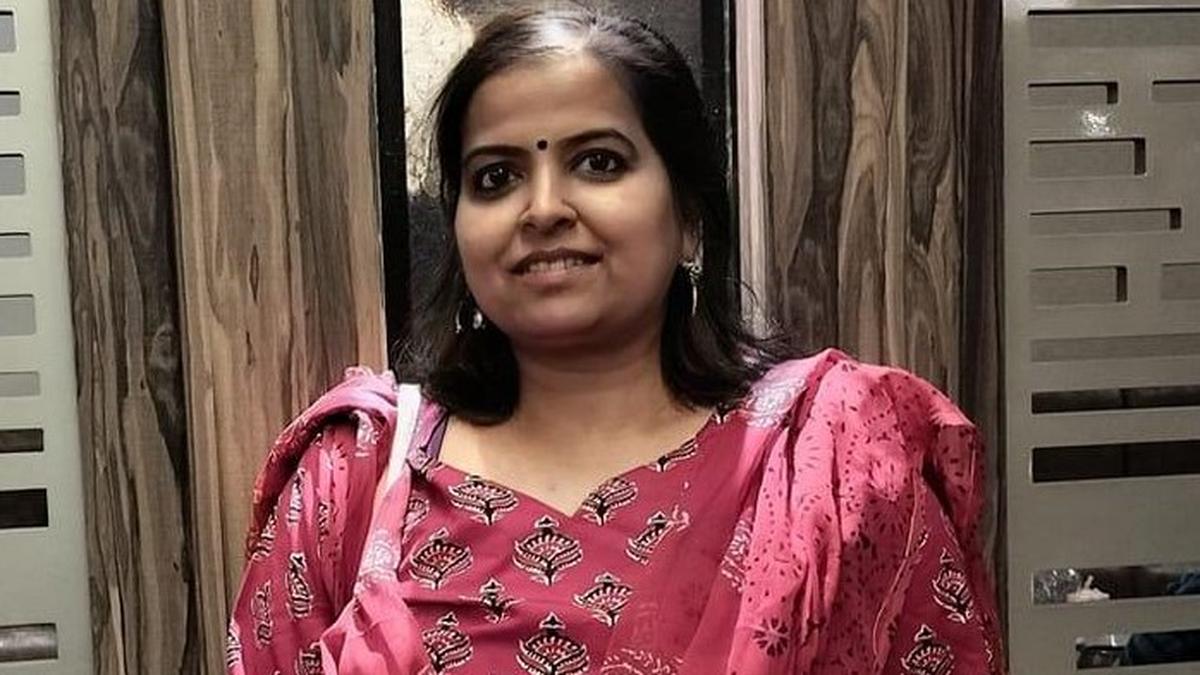
Coimbatore | Artist and author Monikhaa on Indian art, Keezhadi, AI, and more
The Hindu
Monikhaa’s latest book attempts to bring the stories of Indian art to Tamil readers in an engaging, accessible way
On February 2, at Perks Matriculation School, artist and author Monikhaa will sit down with art historian Vittal Rao to discuss her latest book, Naveena Indhiya Oviyam: Varalaarum Vimarsanamum (Modern Indian Art: History and Criticism). The book, published in 2023, is the culmination of more than a decade of research, tracing the evolution of modern Indian painting from Raja Ravi Varma to Gulammohammed Sheikh.
For Monikhaa, who heads the Visual Communication Department at Avinashilingam College in Coimbatore, the book is not just a chronicle of movements and artists but an attempt to bridge the gap between Indian art history and public understanding. “I thought it was essential to bring this in the vernacular language because people at home need to know what is happening around,” she says. “It is very much needed.”
The book has been well received, with endorsements from writers like Theodore Baskaran and Marudu. Its origins, however, go back much further. “I started working at the end of 2011,” Monikhaa explains. “My writings were first published in the online magazine Thinnai and then as a series of essays in Kumudam Theeranadhi. These essays were compiled into the book, but I had to expand a little. For example, I realised I had not written about Nandalal Bose, so I included him.”
The book not only introduces readers to India’s major art movements —Santiniketan, the Progressive Artists’ Group, the Baroda Radicals, the Cholamandal Artists’ Village, and others — but also highlights the stark divide between northern and southern modern art discourse. “There have been many significant art movements in India,” she says, “But unfortunately, students often do not know what happens there and what the influence of the rest of the art world is.”
A key theme in Naveena Indhiya Oviyam is the question of modernism in India. “Though modern art emerged in the 19th century in Europe, it only came to India in the 20th century or later,” Monikhaa says, referencing Geeta Kapur’s book When Was Modernism? She examines whether Indian artists merely adopted Western methodologies or infused modernism with indigenous concepts.
For instance, she notes how the Santiniketan school integrated Japanese and Chinese tempura painting styles, while Raja Ravi Varma adopted European oil painting techniques. “In my book, I trace the movements from Ravi Varma to Gulammohammed Sheikh, covering around 19 artists and two or three art movements,” she says.
Despite her passion for documentation, Monikhaa is critical of how art is preserved in India. “With respect to public galleries and institutions preserving art in India, it is really sad,” she says. She contrasts this with her experiences abroad, where museums provide detailed context on each artwork’s historical and cultural significance.













